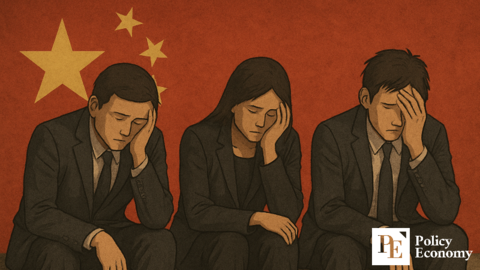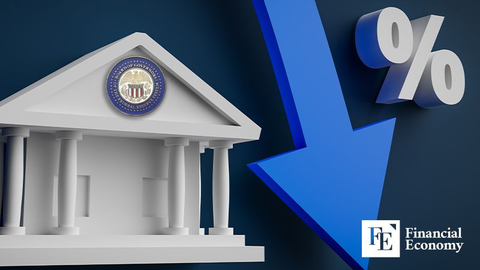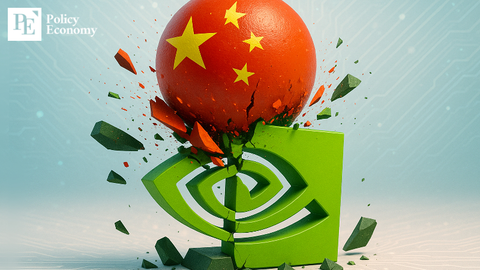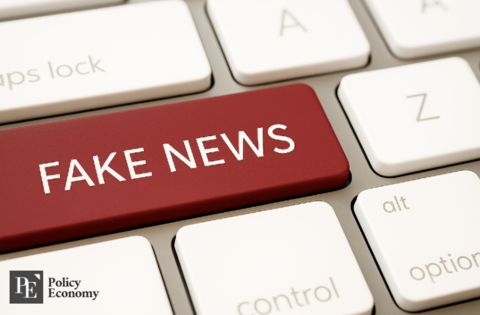BOJ Holds Rates, But Signals Coming Hike Amid Inflation and Political Uncertainty
Input
Modified
The tide of change is slow to turn, Yet signals rise, too clear to spurn. What waits beneath the calm facade, May soon emerge to shift the guard.
In its latest policy meeting, the Bank of Japan (BOJ) chose once again to hold interest rates steady, resisting the growing pressure seen across global central banks. But behind this seemingly calm surface lies a powerful signal. For the first time in years, the BOJ revised its projected inflation rate upward, from 2.2% to 2.7%. This adjustment, while modest in numbers, is momentous in implications.
Most central banks operate with a target inflation ceiling of around 2 percent. A projection of 2.2 percent had already been a red flag. The new 2.7 percent forecast signals that the BOJ may not be able to delay action much longer. Monetary tightening, once a theoretical possibility in Japan’s ultra-loose financial ecosystem, is now a likely reality. However, the question remains: Will the BOJ be able to raise rates without risking the fragile recovery it has carefully nurtured over the past few decades?
At the same time, broader uncertainties weigh heavily on the central bank’s calculus. Japan is approaching a critical political moment, with Prime Minister Shigeru Ishiba under mounting pressure to resign. Economic reforms, trade policy, and fiscal strategy are all in flux. Against this backdrop, the BOJ’s challenge is not merely technical but profoundly political.
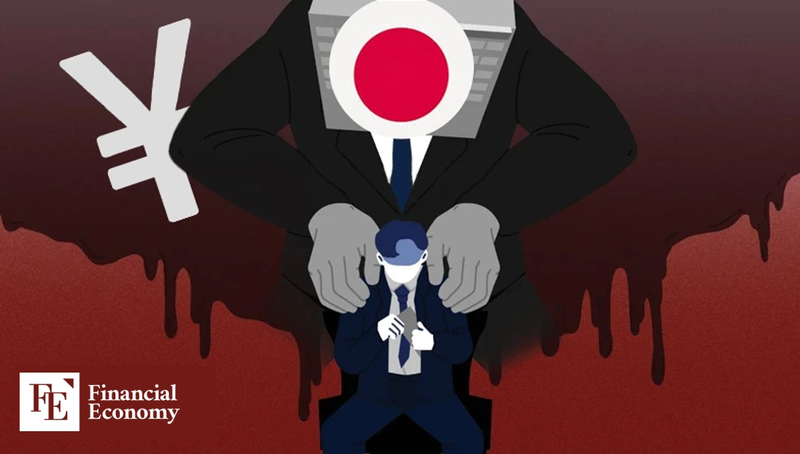
A Tipping Point for Inflation Policy
The BOJ’s inflation forecast revision may appear modest to an outsider, but within the architecture of central banking, it is a thunderclap. For decades, Japan has battled deflation and stagnation. Its central bank, often alone among peers, maintained negative or near-zero interest rates to stimulate demand.
But 2.7 percent inflation marks new terrain. It exceeds the BOJ’s target and aligns with levels that would trigger action from institutions like the Federal Reserve or the European Central Bank. The key question is not whether rates will rise, but when and how quickly they will increase. A hike now seems inevitable.
However, timing remains a delicate affair. Raising rates too quickly could crush fledgling growth. Delaying could allow inflation to spiral beyond control. Unlike other central banks, the BOJ faces the added challenge of a population that has grown accustomed to low interest rates and low inflation.
Wage trends also constrain the bank’s path forward. Without meaningful wage increases, higher rates could lead to tighter consumer spending and spark a contraction. Thus, the BOJ’s inflation forecast is more than a policy document. It is a message: Japan is nearing a pivot, but that pivot depends on broader economic momentum.
Despite the mounting pressure, BOJ Governor Kazuo Ueda has remained cautious, reiterating that any future hike would be data-driven. Yet, inflation at 2.7 percent is enough data for many observers. The central bank may soon find that its window for patience is closing.
Political Instability Complicates Monetary Strategy
As Japan prepares for a potentially historic shift in monetary policy, its political scene has entered a phase of increased volatility. Prime Minister Shigeru Ishiba, once seen as a stabilizing force, is now under immense pressure to step down. His administration has been rocked by internal dissent, stalled reforms, and criticism over its handling of recent trade disputes.
For the BOJ, this creates a new layer of complexity. Central banks often rely on political stability to implement sensitive reforms. In Japan’s case, coordination between fiscal and monetary policy is essential. A vacuum or a transition in leadership could derail coordinated strategies needed to support rate adjustments.
Ishiba has resisted calls to resign, citing the need for steady leadership. But speculation continues to mount. If he steps down, the BOJ may find itself navigating a policy shift amid governmental uncertainty. That could delay rate increases or force the bank to take a more conservative stance to avoid exacerbating political tensions.
Moreover, political instability often leads to market volatility. Investors may pull back, currency markets may react unpredictably, and consumer sentiment can waver. All of these factors play into the central bank’s decisions. With an expected transition in leadership, the risk is that Japan’s first major monetary shift in a generation could occur without a firm political footing beneath it.
Meanwhile, fiscal discipline could erode. If new leadership opts for populist spending measures or fails to commit to structural reforms, inflationary pressures could mount further. That would corner the BOJ into raising rates even under unfavorable conditions, amplifying the danger of policy missteps.

Corporate Wages and the Long Road to Growth
For the BOJ to raise rates comfortably, it needs more than an inflation uptick. It requires the foundation of real wage growth. That growth, however, has remained elusive. Despite government encouragement and corporate pledges, wages have not kept pace with inflation, leaving households financially strained and consumption stagnant.
In theory, inflation should spur wage increases, especially in a labor-tight market like Japan’s. But after decades of deflation and stagnant incomes, many firms remain hesitant. The gap between prices and paychecks persists, and that gap is a key concern for policymakers.
Still, there are glimmers of hope. A recent government white paper indicated that wage hikes may be on the horizon, particularly among Japan’s industrial giants. Companies like Toyota, Honda, and Mitsubishi have hinted that they may adjust their compensation structures if they can navigate upcoming trade disputes without incurring significant losses.
Tariff risks loom large. Should these firms secure favorable trade conditions in the coming months, they may have both the capacity and the confidence to raise wages. That, in turn, would give the BOJ the green light to act decisively on interest rates. For many analysts, this is the most important signal to watch.
If Japan can finally unlock real wage growth, it would represent a structural shift not seen in over 30 years. It would signify not just a recovery from deflation but a rebalancing of the economy toward sustainable growth. That would justify a new interest rate regime and confirm that the BOJ's patience had paid off.
Until then, caution remains the central bank’s watchword. Ueda and his team are navigating a narrow path, balancing inflation signals, wage data, and political currents. One misstep could stall Japan’s recovery or reignite the ghosts of past recessions.
Yet the moment feels different. Inflation is no longer hypothetical. Political winds are shifting. And the corporate sector is on the cusp of change. Whether these elements align or collide will determine the next chapter in Japan’s long economic story.
As the BOJ approaches a decision point, the world is watching. Japan may be on the verge of ending its decades-long experiment with ultra-low interest rates. The test now is whether it can do so without triggering a crisis. That will depend not only on inflation or wages, but on the unity and foresight of its leadership, both economic and political.

